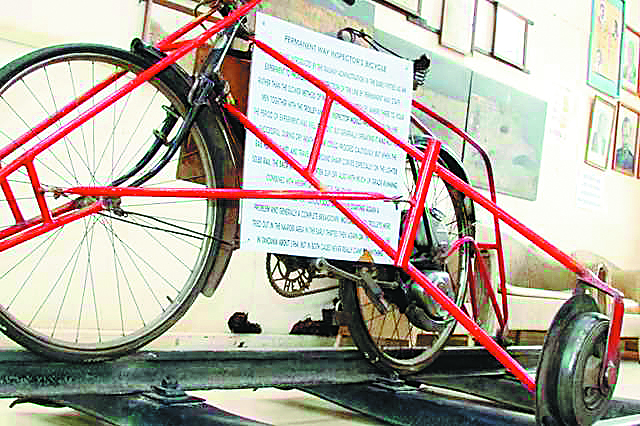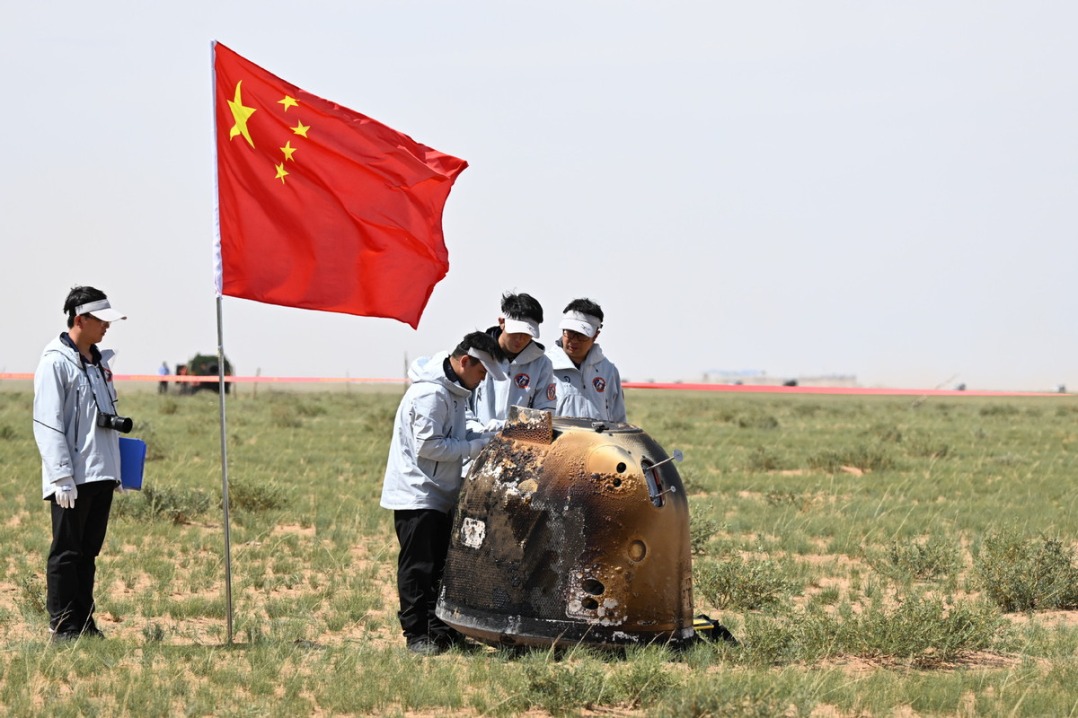Museum freezes East Africa's railway history


Time stands still
In this museum where time seems to have stood still for decades, the story of the struggles involved in building the railway line from the port of Mombasa into the Ugandan heartland is well preserved. One such story that has fascinated the whole world is the story of the man-eating lions of Tsavo that almost brought the railway construction to a standstill.
After leaving Mombasa, the rail had to cross the Tsavo Plain. As the line progressed, man-eating lions held up the construction. They attacked the construction camp and killed several workers.
"Charles Ryall, a colonial engineer and administrator was dragged to his death at Kima Station on June 6, 1900, by these marauding lions. He intended to lure the lion into a carriage with the aim of killing it," Randiga explains.
"He had stationed lookouts at the back of the carriage and left the door and windows ajar. Unfortunately, they all fell asleep and did not hear the lion enter the carriage and drag Ryall to his death."
The Kenya-Uganda railway line, which was nicknamed the Lunatic Express by its British constructors because of its high cost and the dangers faced by those constructing it, is believed to have cost more than 2,500 lives through tropical diseases, murderous heat, and the man-eating lions. Randiga says that it is estimated that four workers died for each mile of the 931-kilometer railway line.
Another important bit of East African history captured at the Nairobi Railway Museum is the arrival of Asians, especially Indians in East Africa. Most of the skilled and unskilled labor used in the construction of the railway line was imported from India and many of them remained after their contracts ended. This marked the establishment of the Asian community in Uganda and Kenya which thrives to this day.
Mass migration
Despite the fact that merchants from India had come to Mombasa long before the railway, it was the railway line construction and the need for labor that first brought a mass migration of people from the Indian subcontinent into Africa.
Having started construction on railway lines in India nearly 50 years earlier, Indian engineers and laborers had the skills the British required. It is believed that more than 30,000 Indian workers were enticed to sail to Mombasa and a new life in East Africa during this period.
The Nairobi Railway Museum's gallery also has records on the later development of rail transport after East African countries gained independence. What started as the Uganda Railway was merged into Kenya and Uganda Railways and Harbours in 1929 and later into the East African Railways and Harbours Corporation, or EAR&H, in 1948. EAR&H operated transportation links for Kenya, Uganda and Tanzania until the East African Community was dissolved in 1977 when Kenya's portion of the railway became the Kenya Railways Corporation.
The last line to be built was the Chinese-funded Tazara line from the port of Dar-es-Salaam to Tunduma on the border of Zambia. It was intended to give Zambia an outlet for its exports after its independence. With that, the railway line came to a full completion in 1976.
The museum's gallery might give visitors a sneak peek into the tumultuous past of railway travel in East Africa, but to get a hands on experience, one has to visit the old and rickety locomotives on display at the museum's well maintained old rail connection in the yard.
The outdoor yard has a collection of rolling stock, steam engine locomotives, wagons, coaches and ship models in various stages of disrepair. One of these engines, the mountain class, the most powerful meter-gauge locomotive at that time, weighs 254 metric tons.
























